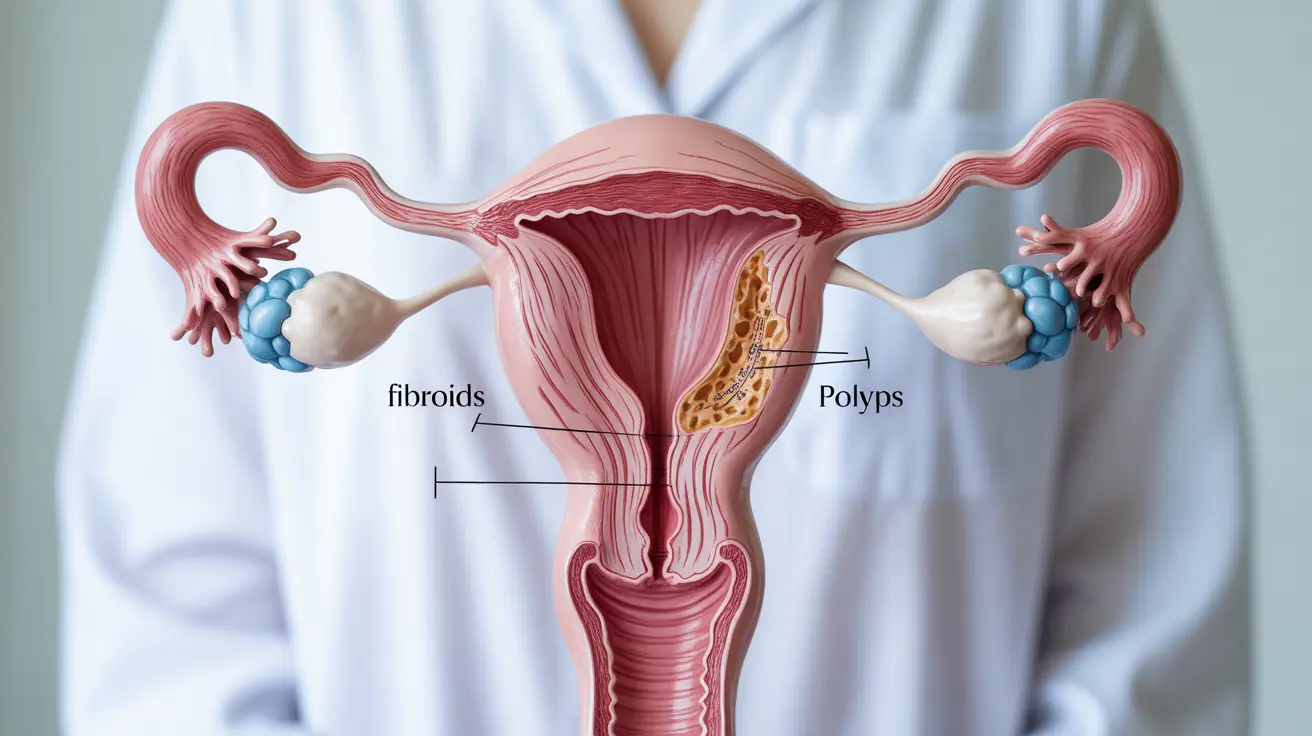Experiencing brown spotting for an extended period can be concerning and confusing. This persistent vaginal discharge, which often appears as light brown or dark spots, may have various underlying causes ranging from hormonal changes to more serious health conditions. Understanding the potential reasons and knowing when to seek medical attention is crucial for maintaining reproductive health.
In this comprehensive guide, we'll explore the common causes of prolonged brown spotting, available treatment options, and important warning signs that warrant immediate medical attention.
Common Causes of Prolonged Brown Spotting
Brown spotting that lasts for a month or longer can be attributed to several factors:
Hormonal Changes and Birth Control
Hormonal fluctuations are a common cause of brown spotting. This can occur due to:
- Birth control methods (pills, patches, or IUDs)
- Perimenopause
- Polycystic ovary syndrome (PCOS)
- Hormone replacement therapy
Reproductive System Conditions
Various conditions affecting the reproductive system may cause persistent brown spotting:
- Endometriosis
- Uterine fibroids
- Cervical polyps
- Adenomyosis
- Pelvic inflammatory disease (PID)
Pregnancy-Related Causes
In some cases, brown spotting might be related to pregnancy:
- Implantation bleeding
- Ectopic pregnancy
- Early pregnancy complications
- Postpartum spotting
When to Seek Medical Attention
While some causes of brown spotting may be benign, certain symptoms should prompt immediate medical evaluation:
- Heavy bleeding or clots
- Severe pelvic pain
- Fever or chills
- Unusual odor
- Dizziness or fatigue
- Unexplained weight loss
Diagnostic Procedures and Evaluation
Healthcare providers may recommend several tests to determine the cause of prolonged brown spotting:
- Physical examination
- Pelvic ultrasound
- Hormone level testing
- Cervical screening
- Endometrial biopsy (if necessary)
Treatment Options
Treatment approaches vary depending on the underlying cause:
Hormonal Treatments
For hormone-related spotting, options may include:
- Adjusting current birth control method
- Hormone therapy
- Management of underlying conditions like PCOS
Medical Interventions
Some cases may require more specific medical treatments:
- Antibiotics for infections
- Surgical removal of fibroids or polyps
- Treatment for endometriosis
- Specialized care for pregnancy-related issues
Frequently Asked Questions
What are the common causes of brown spotting for a month, and when should I worry?
Brown spotting for a month can be caused by hormonal changes, birth control methods, reproductive conditions, or pregnancy-related factors. You should worry if you experience heavy bleeding, severe pain, fever, or unusual discharge, as these may indicate more serious conditions requiring immediate medical attention.
How can I manage persistent brown vaginal discharge, and what treatments are available?
Management options include hormonal treatments, lifestyle changes, and specific medical interventions depending on the underlying cause. Available treatments range from birth control adjustments to surgical procedures for conditions like fibroids or polyps.
Can brown spotting be a sign of a serious health issue like cancer or infection?
Yes, while most causes are benign, prolonged brown spotting can sometimes indicate serious conditions like cervical cancer, uterine cancer, or infections. Regular check-ups and prompt medical evaluation of unusual symptoms are essential.
Is it normal to experience brown spotting while on hormonal birth control, and what should I do about it?
Some spotting is common when starting or changing hormonal birth control methods. If spotting persists beyond three months or becomes heavy, consult your healthcare provider about possible adjustments to your birth control method.
What are the differences between brown spotting associated with hormonal changes versus those caused by infections like STIs?
Hormonal spotting typically occurs without other symptoms and may follow a pattern. Infection-related spotting often accompanies other symptoms like unusual discharge, odor, pain, or fever. STI-related spotting may also occur with burning during urination or pelvic pain.




